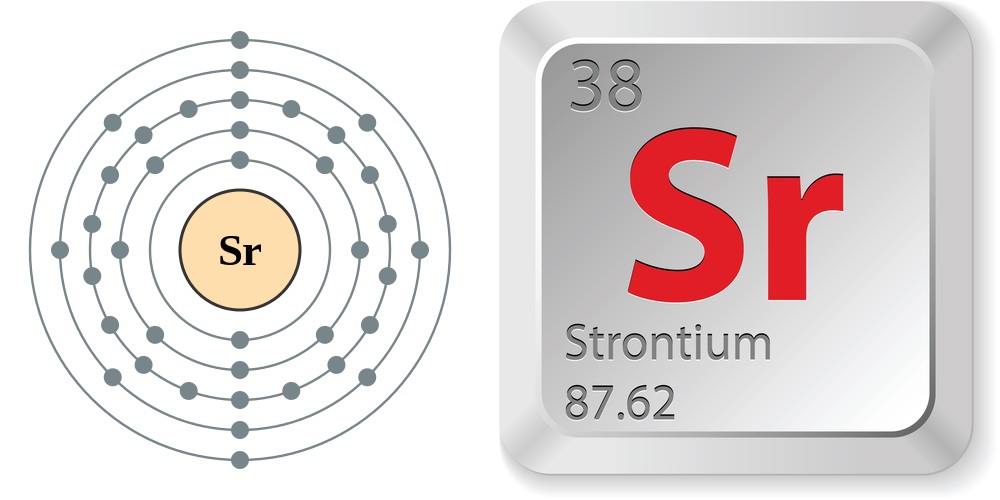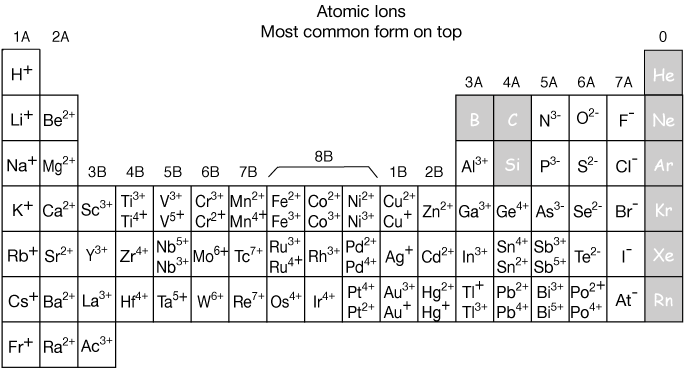

A warranty deed is also usually required to secure financing or title insurance for the purchase of a property. The purpose of a warranty deed is to protect the buyer when purchasing real property. This type of deed poses a risk for a buyer because they will have no legal protection for any potential title issues that could arise after the real estate transaction is complete. This means that the seller is not liable for any title issues that could have happened before they took ownership. These can easily be confused with a general warranty deed however, a special warranty deed does not offer the same protection to buyers.Ī special warranty deed only guarantees that there are no encumbrances on the property for the period of time the seller had the property tile in their name. In most cases, in order for a buyer to get financing to purchase a home, the title needs to be clear, and a warranty deed must be used in the transaction.įor more information about warranty deeds, In the future if there is a title issue, the seller is liable for all legal issues.Ī warranty deed is most commonly used deed in residential real estate. The title will withstand third-party claims to ownership of the property. The seller has the legal right to sell the property. The seller is the legitimate owner of the property and holds a clear title to the property. To execute a warranty deed, the seller of the property must make certain promises to the seller which normally include: Out of all the different types of property deeds, which also include special warranty deeds and quitclaim deeds, the warranty deed provides a buyer with the highest level of protection.

#Sr element common ion free
When a seller transfers property to a buyer, a warranty deed is used to ensure that the title of the property being transferred is valid and free from any issues. The radiation affects the production of new blood cells, which eventually leads to death.Įstimated Crustal Abundance: 3.70×10 2 milligrams per kilogramĮstimated Oceanic Abundance: 7.A warranty deed, or general warranty deed as it is sometimes called, is a legal document used in real estate transactions. Strontium-90 is especially deadly since it has a relatively long half-life, is strongly radioactive and is absorbed by the body, where it accumulates in the skeletal system. It has a half-life of about 28.8 years and decays into yttrium-90 through beta decay. Strontium-90, a radioactive isotope of strontium, is a common product of nuclear explosions. Strontium carbonate is also used to make certain kinds of glass and is the base material for making most other strontium compounds. Two strontium compounds, strontium carbonate (SrCO 3) and strontium nitrate (Sr(NO 3) 2), burn with a bright, red flame and are used in fireworks and signal flares. It is also used to refine zinc and is combined with iron to make magnets. Most of the strontium produced today is used in the manufacture of color television picture tubes. The strontium chloride, usually mixed with potassium chloride (KCl), is then melted and electrolyzed, forming strontium and chlorine gas (Cl 2). Today, strontium is obtained from two of its most common ores, celestite (SrSO 4) and strontianite (SrCO 3), by treating them with hydrochloric acid, forming strontium chloride. Strontium was first isolated by Sir Humphry Davy, an English chemist, in 1808 through the electrolysis of a mixture of strontium chloride (SrCl 2) and mercuric oxide (HgO). He assumed that his sample of witherite was contaminated with an unknown mineral, a mineral he named strontianite (SrCO 3). When he mixed witherite with hydrochloric acid (HCl) he did not get the results he expected. Strontium was discovered by Adair Crawford, an Irish chemist, in 1790 while studying the mineral witherite (BaCO 3).


 0 kommentar(er)
0 kommentar(er)
